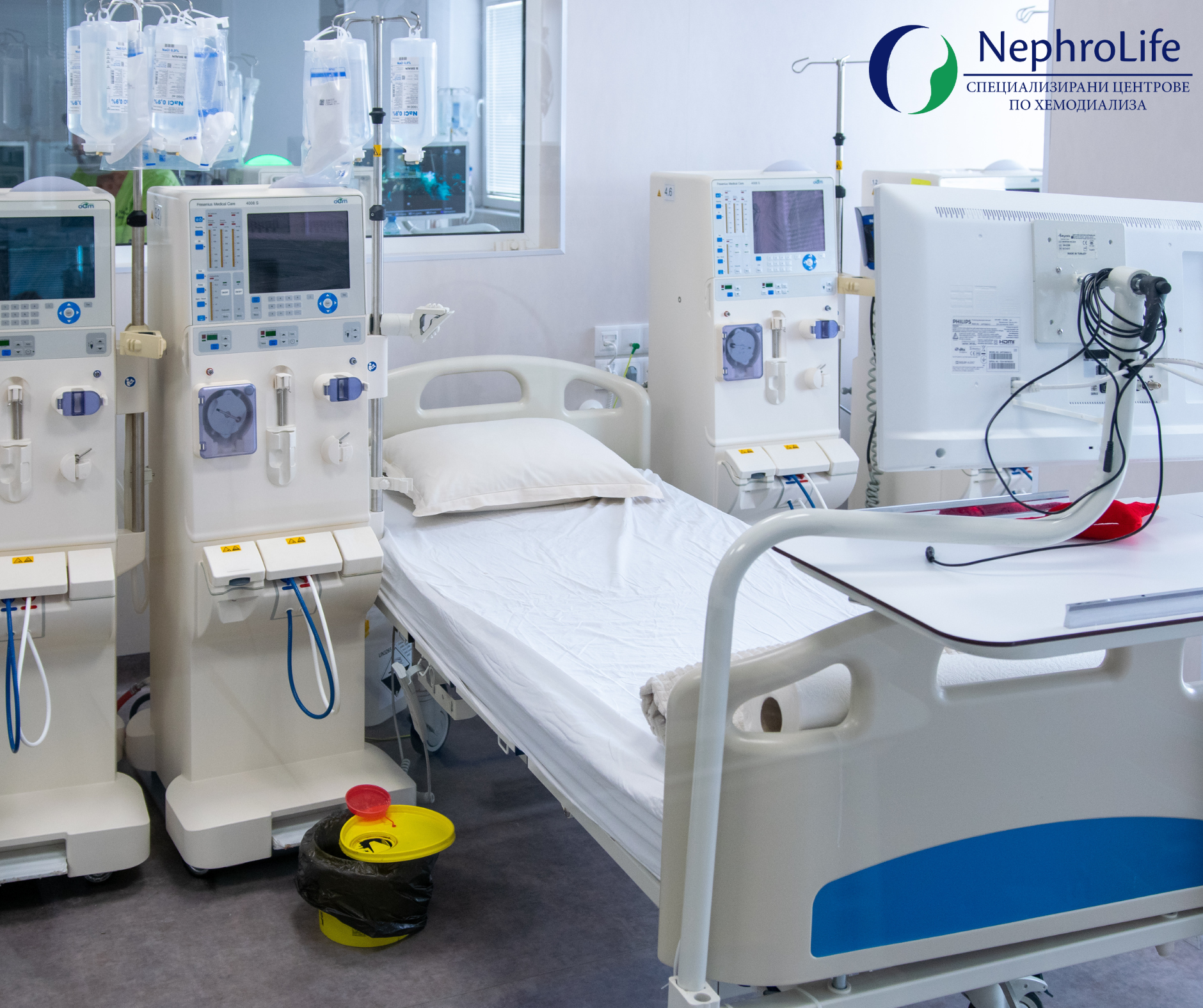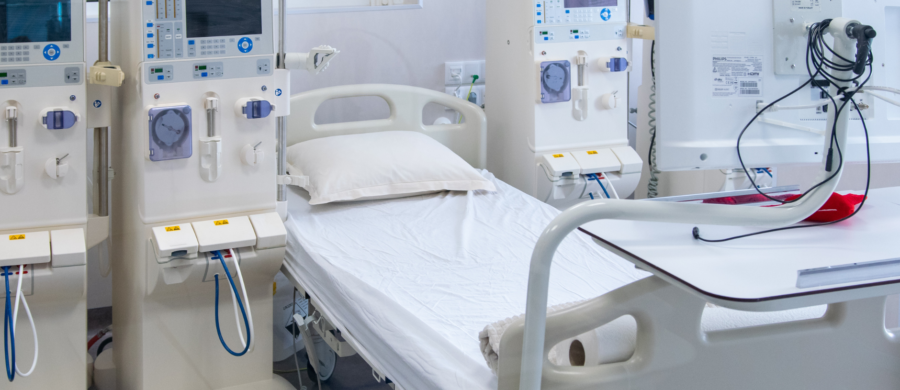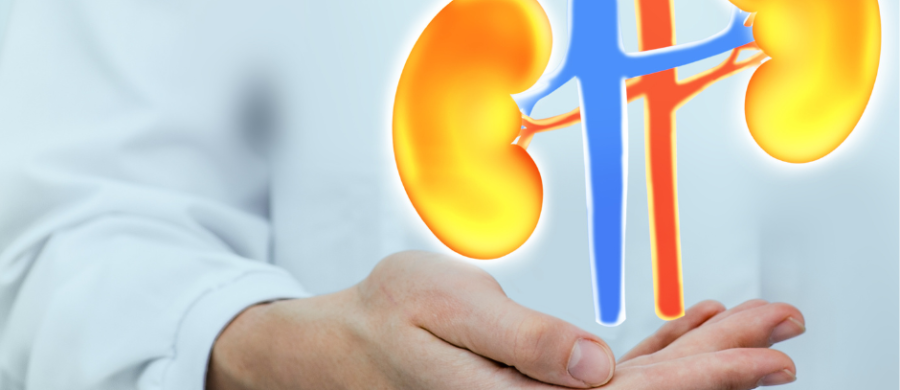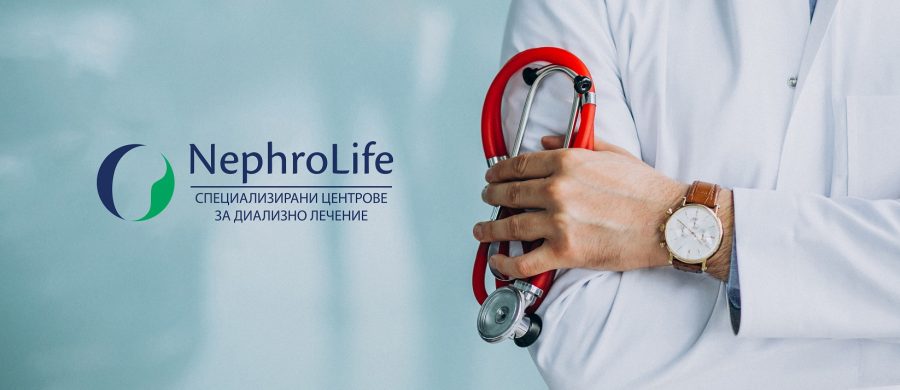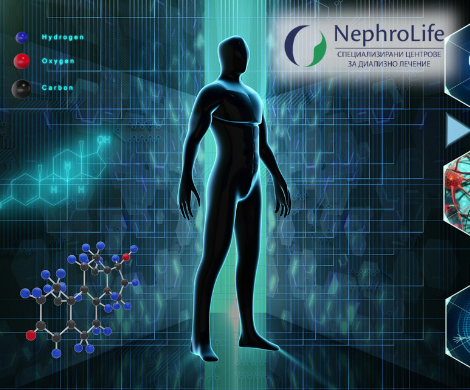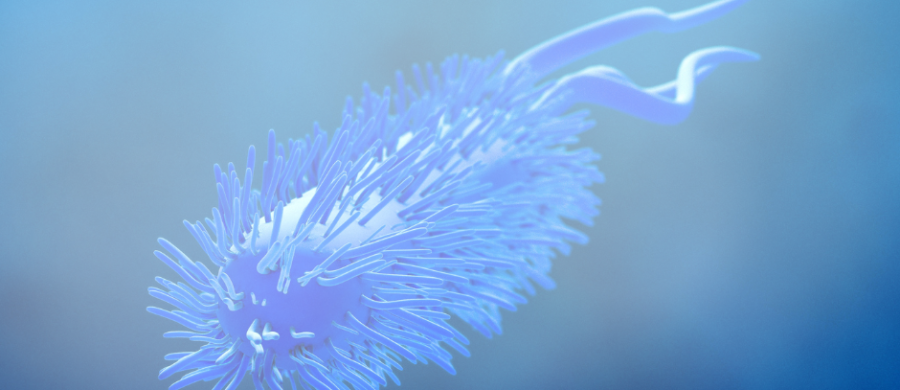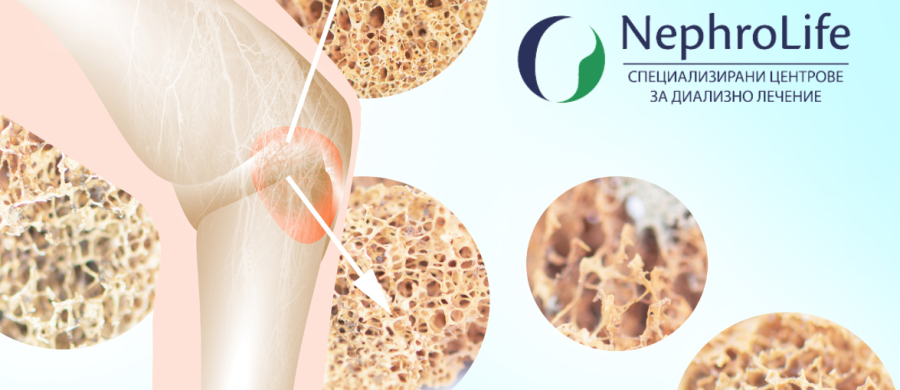Chronic kidney disease (CKD) is a silent but progressive health condition that often leads to the need for kidney replacement therapy — most commonly hemodialysis. Over the past decade, both globally and in Bulgaria, there has been a steady increase in the number of people undergoing hemodialysis.
📈 The Numbers: What Does the Data Say?
According to the Bulgarian Society of Nephrology and recent medical sources:
- Over 3,000 people in Bulgaria are currently receiving dialysis treatment, mostly hemodialysis, but also peritoneal dialysis.
- Of these, more than 2,600 patients are on hemodialysis, based on the latest available data.
- The number of dialysis patients is growing by approximately 3–3.5% annually.
This may seem like a small percentage, but over time, it means hundreds of new patients every year.
⚠️ Why Is the Number of Hemodialysis Patients Increasing?
The main reasons include:
🔹 Aging population – the risk of kidney failure increases with age.
🔹 Higher rates of diabetes and hypertension – the two most common “silent killers” of the kidneys.
🔹 Late diagnosis of CKD – many patients find out they have kidney problems only when dialysis is already needed.
🔹 Lack of early prevention – kidneys don’t hurt, but simple tests (urine, creatinine) can show early signs of trouble.
💡 Hemodialysis Today – Life-Saving and More Accessible Than Ever
Bulgaria’s dialysis system is well-developed, with over 70 dialysis centers across the country, offering treatment covered by the National Health Insurance Fund (NHIF).
Modern equipment, trained staff, and strict safety standards ensure high-quality care for patients.
🧬 What Can We Do as a Society and Healthcare System?
- ✅ Early detection – regular checkups with urine, creatinine, and urea tests
- 🩺 Managing diabetes and high blood pressure – they directly damage the kidneys
- 🍽️ Healthy lifestyle – balanced diet and proper hydration
- 🎓 Educational campaigns – people need to understand CKD and how to prevent it
📝 Conclusion
Yes, the number of people on hemodialysis in Bulgaria is gradually increasing. This is due to demographic trends, lifestyle factors, and better diagnostics.
Hemodialysis is a life-saving therapy, but prevention and early diagnosis of kidney disease remain the key to reducing new cases.
